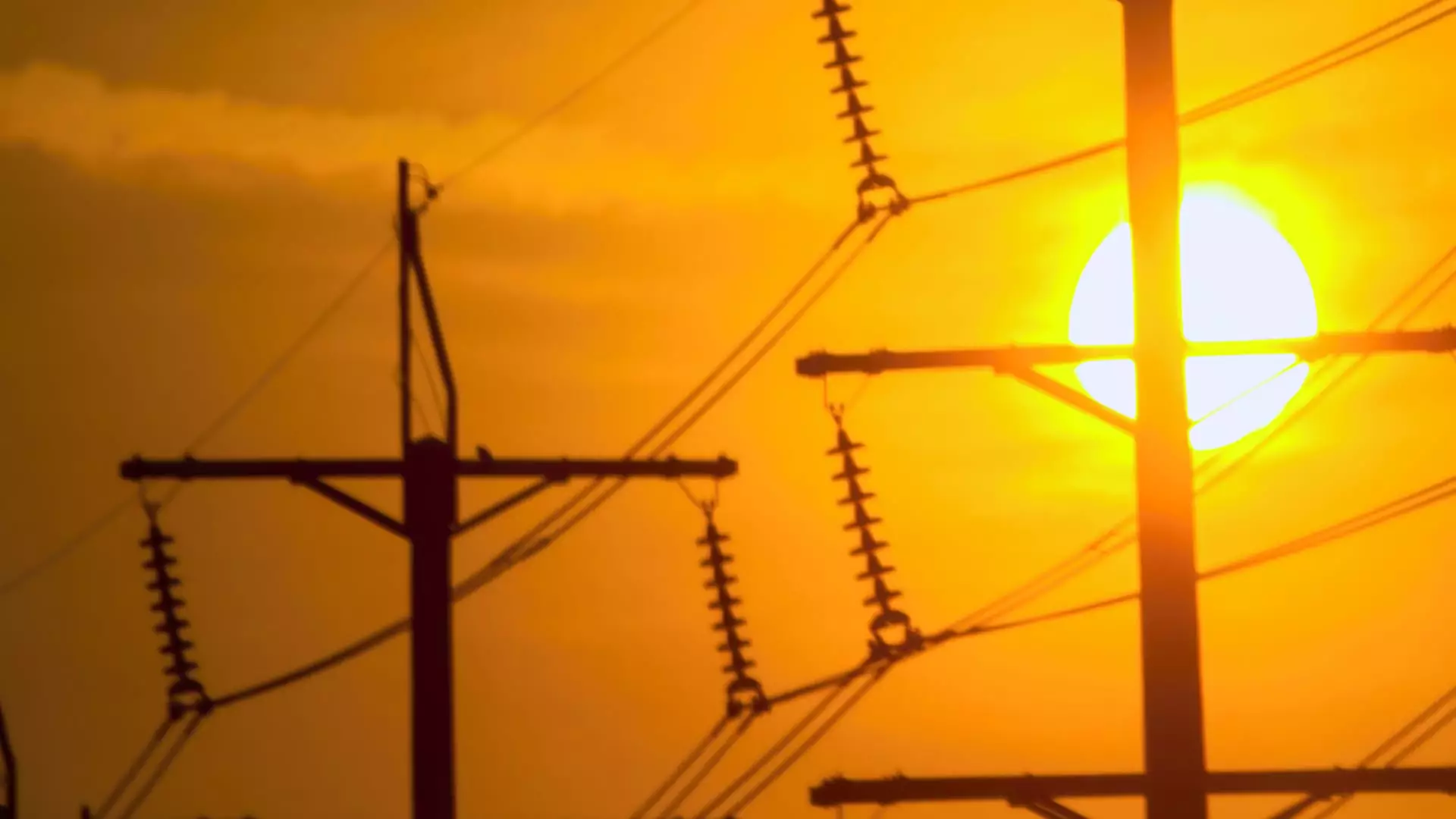The real estate market is susceptible to a variety of external factors, with weather being one of the more impactful elements, particularly during the summer months. A recent report indicates that intense heat waves are playing a crucial role in dampening open house attendance in various regions. This summer has seen a notable 5.6% decrease in pending home sales compared to last year, marking the most significant decline in eight months, as noted by Redfin, a notable real estate brokerage. For sellers eager to close deals, adapting to these climatic challenges has become essential.
Amidst expectations for potential interest rate cuts by the Federal Reserve, many prospective buyers seem reluctant to venture out into the sweltering heat of the summer. Chen Zhao, Redfin’s economic researcher, highlights that extreme temperatures, especially when coupled with high humidity, deter people from leaving the comfort of their air-conditioned homes. An anecdote from Kristin Sanchez, a Nashville-based real estate agent, illustrates this point perfectly: “When we get a heat wave and it’s paired with humidity, people tend to just stay indoors.”
With sales slowing, homeowners need to think outside the box when trying to attract buyers. Experts advise that flexible strategies are crucial for those looking to sell in scorching weather. One effective tactic that Sanchez has employed is to conduct open houses during the cooler morning hours, giving potential buyers the chance to visit without the oppressive heat of midday.
Staging a home for sale can also present its own challenges during summer. Remedies may involve compromising on design aesthetics to maintain comfort. For instance, removing window air conditioning units or ceiling fans might enhance visual appeal but can make the house uncomfortable. To counter this, staging expert Terry Mainord suggests providing handheld fans or refreshing beverages to ensure that home buyers remain comfortable during their visit.
As the real estate landscape evolves, virtual viewings have emerged as a vital tool for agents to attract buyers from afar—or even locally, when outdoor conditions are less than inviting. These showings gained popularity during the pandemic and have become an essential component of the sales strategy. Mainord reassures that virtual tours allow buyers the opportunity to engage with the property without forcing them into the sweltering heat.
Given the undeniable influence of climate on buyers’ comfort levels, ensuring that a home’s heating, ventilation, and air conditioning (HVAC) system is fully operational is crucial. As Sanchez emphasizes, sellers must make certain that the HVAC functions efficiently ahead of time. It’s not just about having a good system in place; it’s essential for potential buyers to notice during their tours that the HVAC is in perfect condition, with no signs of weak airflow or humidity issues.
Neglecting to address HVAC problems can lead to buyer discomfort, and subsequently, prospective buyers walking away. Depending on the repair or replacement needed, costs can range from a modest $100 to a staggering $3,000, shaking the financial foundation of even the most prepared sellers. Therefore, keeping the HVAC unit in top condition is not only smart for maintaining a comfortable environment but also pivotal for securing a sale.
Homeowners contemplating the installation of a new HVAC system should conduct thorough research on both costs and benefits, including immediate tax impacts or the potential appreciation in property value. Insights from Ashton Lawrence suggest that evaluating these factors is critical in deciding whether to replace an aging system. Potential tax credits, such as the Energy Efficient Home Improvement Credit, could also benefit sellers even if they plan to offload their property shortly. This tax relief applies to various types of heating and cooling systems and can serve to soften the financial blow of necessary upgrades or repairs.
Moreover, it’s wise for sellers to keep meticulous documentation regarding home improvements, installations, related costs, and dates of work completed. This information can significantly enhance the home’s “basis” when calculating profits and assessing any applicable capital gains taxes upon sale.
The intersection of extreme weather and real estate presents unique challenges for home sellers, pushing them to innovate and adapt their strategies. With proper planning, attention to detail, and a willingness to explore new selling tactics, those navigating the summer heat can increase their chances of a successful sale. Now more than ever, adapting to both climatic realities and the needs of potential buyers will determine success in the competitive real estate landscape.

